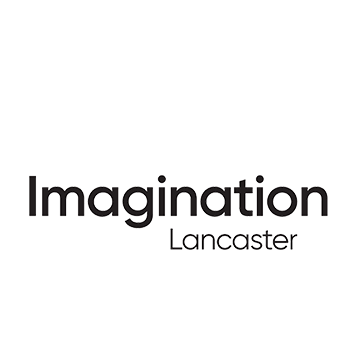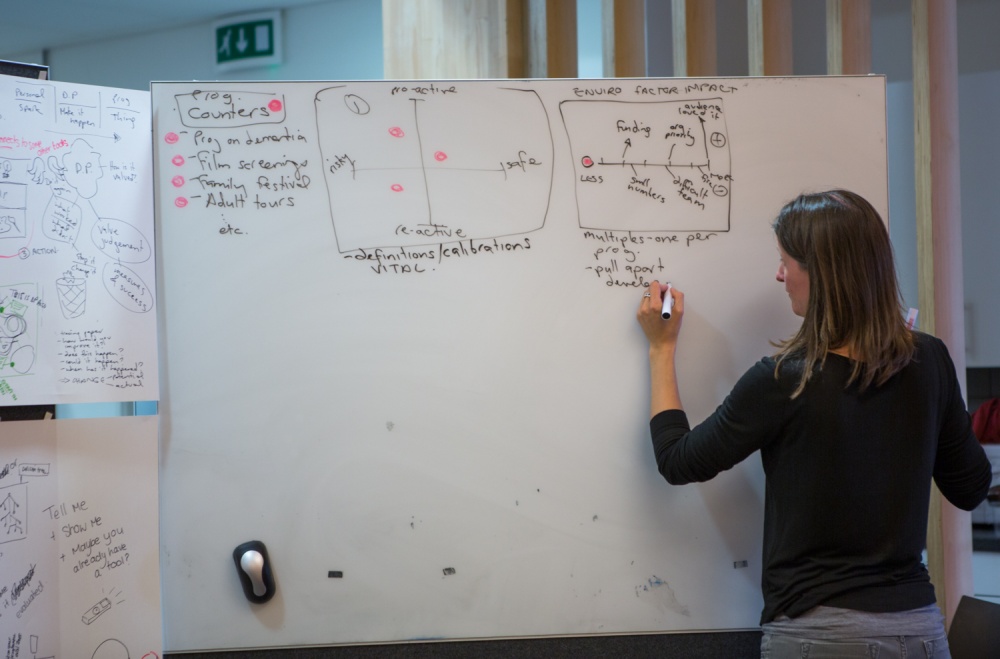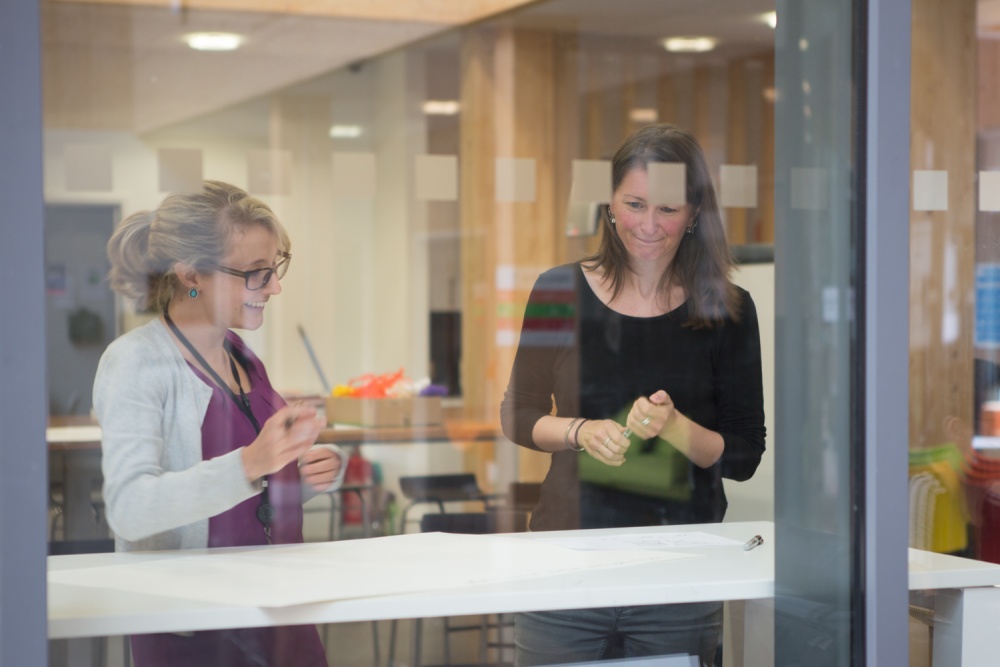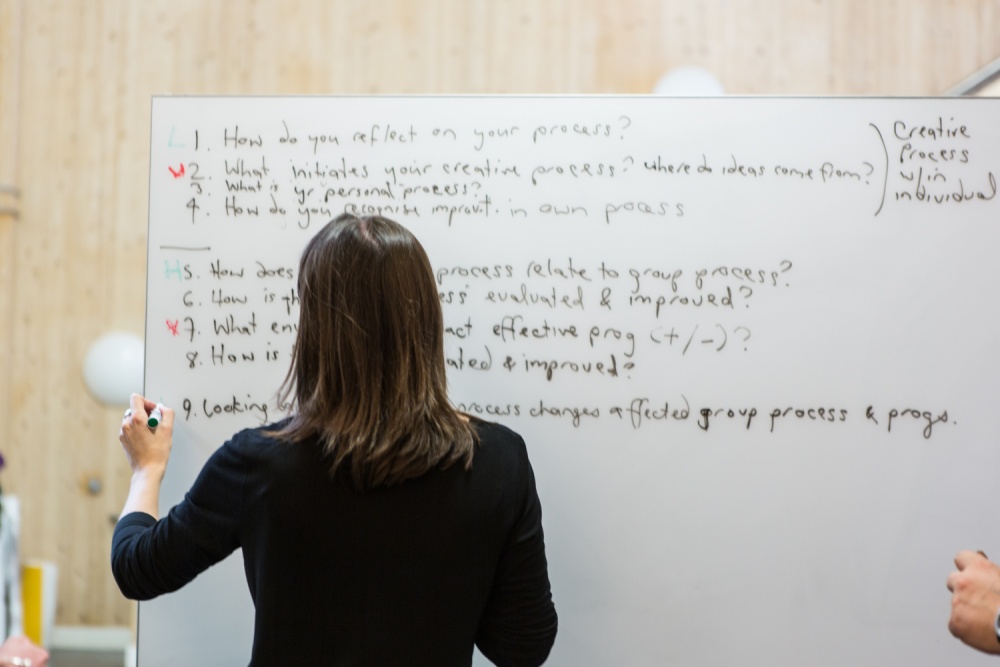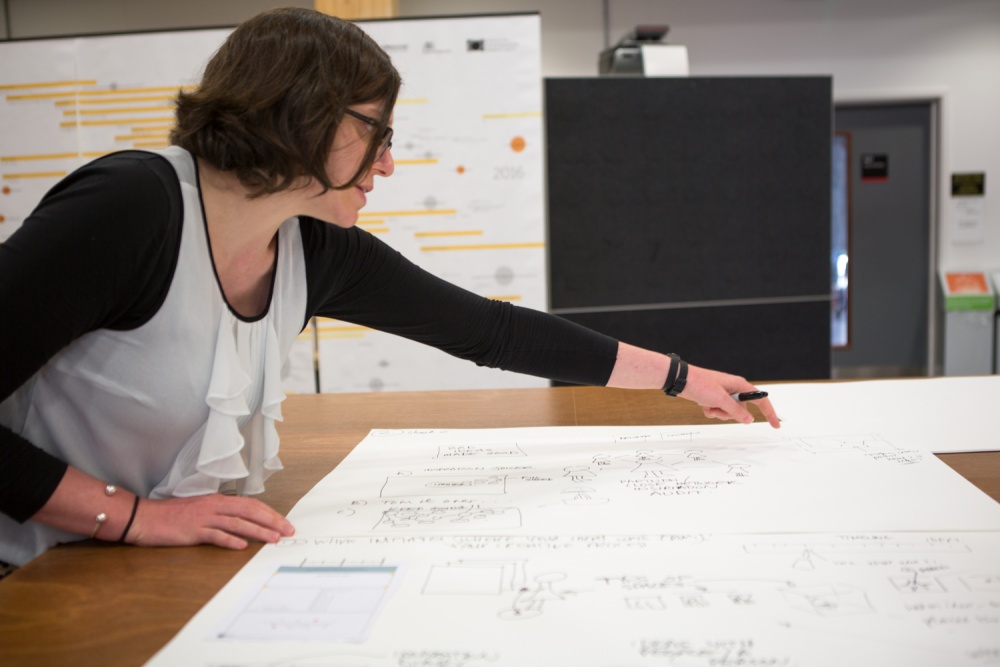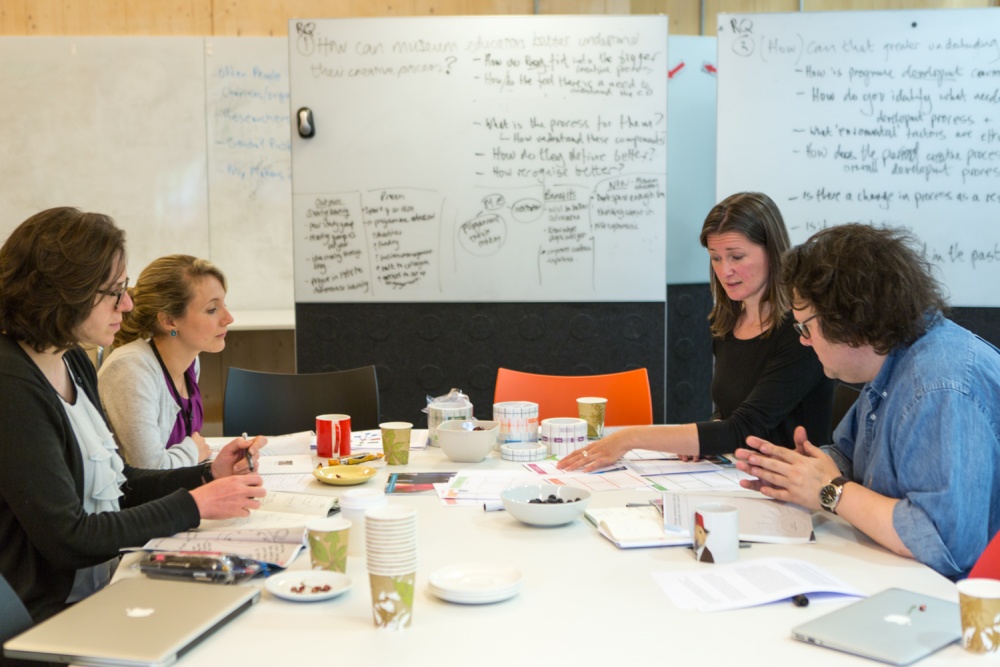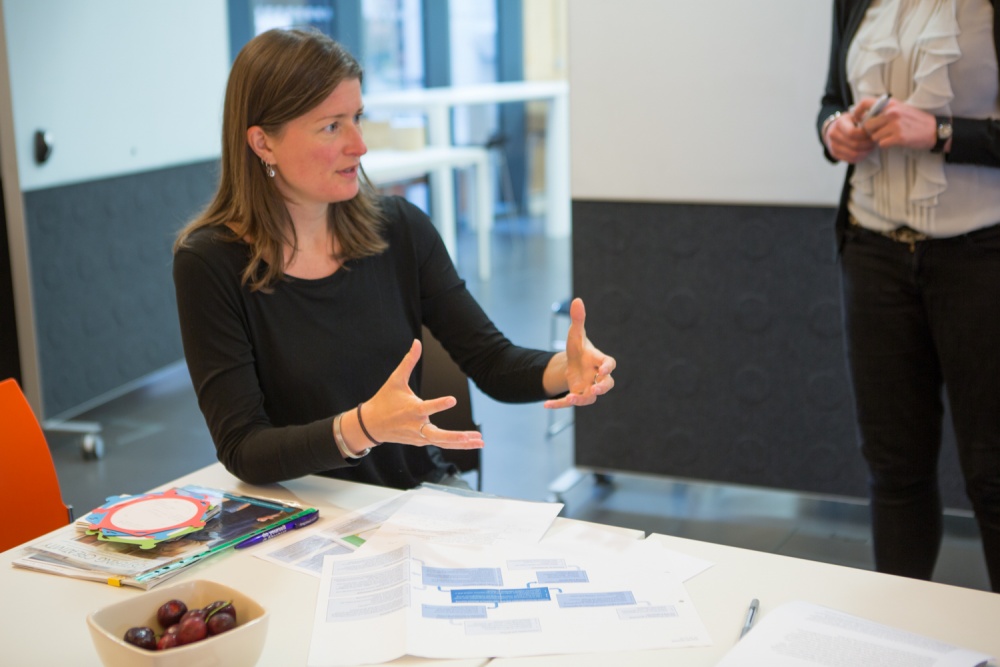I first met the Imagination Lancaster team at a conference in Essen, Germany, a couple of years ago. I recognised them immediately as both good thinkers and good fun and have been looking for excuses to work together ever since. In February 2015, they ran an excellent half-day workshop for my then team, Schools Families and Young People, in the Learning Department at the Victoria and Albert Museum. We used tools to think in-depth about how we generate new ideas for programmes, how we think about our own creative process, and what steps we could take to make our office environment and team-working more conducive to ideas-generation and programme-planning.
Over a year later, still fixated on the creative process of museum educators and innovative approaches to museum learning programmes, I’ve darkened Imagination Lancaster’s door again, this time tapping into their Leapfrog research. I have been awarded a Winston Churchill Memorial Trust Travelling Fellowship to explore my area of interest further; I will be travelling to the US in September 2016 to meet with learning staff in four museums and at one tour company. I think the teams in these organisations are particularly creative and their programmes are particularly innovative and I want to get a better understanding of HOW they do these things so well. I’m very aware that the creative process is a notoriously slippery and shadowy creature and I hoped Leapfrog would enable me to develop tools that I could apply during my travels.
Last week, I was lucky enough to spend a whole day with three members of the Leapfrog team. I was asked to translate my areas of interest into research questions and those became the starting points for the session. I arrived with the following:
- How can museum educators better understand their creative process?
- How can that greater understanding improve and inform programming?
We discussed each in some detail and from there came up with nine sub-questions:
- How do museum educators reflect on their process?
- What initiates the creative process? (ie. where do ideas come from?)
- What is an individual’s personal process? (ie. specific techniques)
- How do musuem educators make their creative process as effective as possible?
- How does the personal process relate to group process?
- How is the development process (from idea to programme) evaluated and improved?
- What ‘environmental’ factors impact effective programming? (+ / -)
- How is the programme evaluated and improved?
We then did a series of ‘sprints’, brain-storming ideas for tools that we could use to explore each of these questions. Sometimes we worked in pairs; sometimes we worked alone. At the end of each sprint, we came together to share our ideas, make further suggestions, and challenge some aspects of another’s approach. When we had potential tools for all nine questions, we took a step back and reflected on the wealth of material in front of us and began a grouping/evaluation process. We felt that the approaches we had come up could be divided into two categories – examining the creative process within an individual (solitary, internal) and between individuals (social, group).
For the final part of the afternoon (and with quite weary brains by this point) we loosely mapped out two tools, one to examine the individual and one to examine the group. We chose to apply some existing tools that we already know work well (such as using the hexagons to discuss the development process, comparing innovative and more established programmes) and we also chose to trial some new tactics (such as asking people to devise their own tool for tapping into a person’s creative process and then trying it out themselves). We are meeting again in July to further finesse and refine our ideas and then I will be able to put these tools into action over the course of my travels. An important component of a Churchill Fellowship is that my learning is shared as broadly as possible and for the benefit of the sector. For more information on my project, please visit www.kiwilooseinmuseums.wordpress.com
